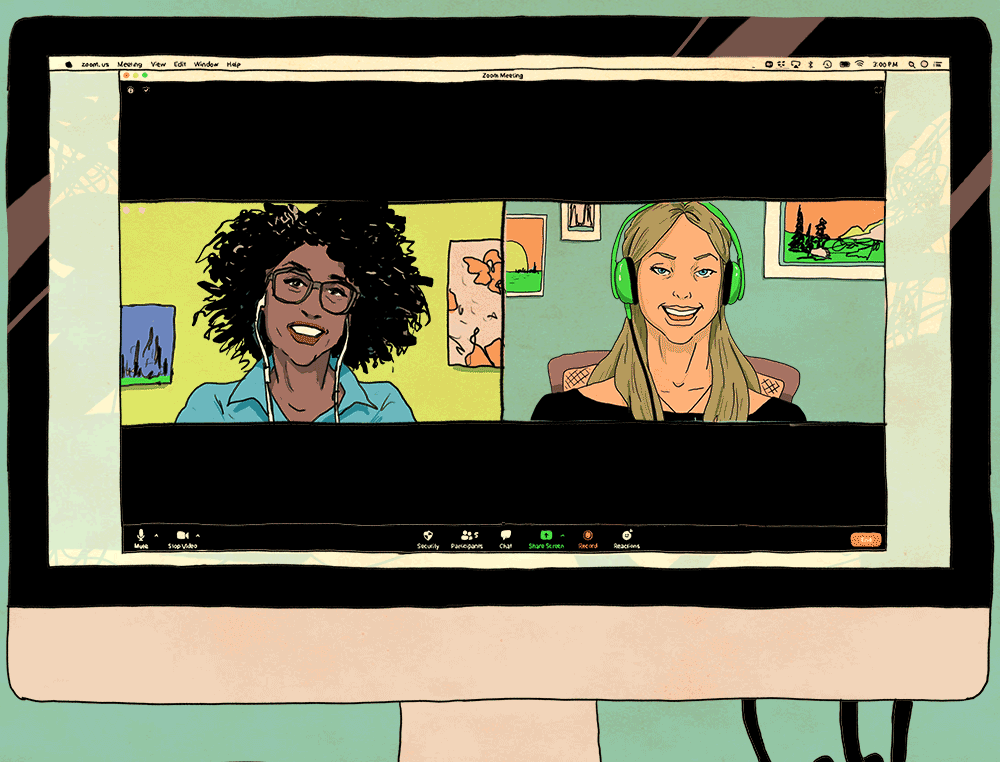
President Joe Biden prioritized reopening schools when he took office in January 2021, and once the COVID-19 vaccine was available, some Democratic-leaning districts started to reopen. Classes with masked students and distancing could be conducted safely, growing evidence said. Districts that reopened in person tended to be in areas that voted for President Donald Trump or had largely white populations.īy winter, studies showed schools weren’t contributing to increased COVID-19 spread in the community. Parents in those communities often had deep-rooted doubts about whether schools could keep their children safe. Black and Latino people, who historically had less access to health care, remain nearly twice as likely to die of COVID-19 than white people. The tradeoffs differed depending on how vulnerable a community felt. But did the risks of social isolation and falling behind outweigh the risks of children, school staff and families catching the virus? It was already clear that remote learning was devastating for many young people.
ZOOM YOUR NEXT MEETING SOON OBVIOUS HOW TO
That summer, scientists learned kids didn’t face the same risks as adults, but experts couldn’t decide how to operate schools safely - or whether it was even possible. American schools, like most around the world, understandably shuttered in March 2020. When COVID-19 first reached the U.S., scientists didn’t fully understand how it spread or whether it was harmful to children. "People will say, ‘That was two years ago.

“As crazy as this sounds now, I’m afraid people are going to forget about the pandemic,” said Jason Kamras, superintendent in Richmond, Virginia. More than 200,000 children lost at least one parent. Some public health officials and educators warned against second-guessing the school closures for a virus that killed over a million people in the U.S. The scale of the problem and the challenges in addressing it were apparent in Associated Press interviews with nearly 50 school leaders, teachers, parents and health officials, who struggled to agree on a way forward. Regardless of what it’s called, the casualties of Zoom school are real.

Some fear the term might brand struggling students or cast blame on teachers, and they say it overlooks the need to save lives during a pandemic. “Learning loss” has become a lightning rod. In a sign of how inflammatory the debate has become, there’s sharp disagreement among educators, school leaders and parents even about how to label the problems created by online school. The pandemic decline in college attendance could continue to accelerate, crippling the U.S. They might never master simple algebra, putting science and tech fields out of reach. They run the risk of never learning to read, long a precursor for dropping out of school. There are fears for the futures of students who don’t catch up. Some educators and parents are questioning decisions in cities from Boston to Chicago to Los Angeles to remain online long after clear evidence emerged that schools weren’t COVID-19 super-spreaders - and months after life-saving adult vaccines became widely available. Preliminary test scores around the country confirm what Kargbo witnessed: The longer many students studied remotely, the less they learned. Knowing what I know now, I would say they should have put them in school.” “She’s behind,” said Kargbo, whose daughter is now in tenth grade. The former honor-roll student failed nearly all of her eighth grade courses. And extending pandemic school closures through the spring of 2021 is what many in her community said was best to keep kids and adults safe.īut her daughter became depressed and stopped doing school work or paying attention to online classes.

Kargbo, a caregiver for hospice patients, didn't want to risk them getting COVID-19. BOSTON - Vivian Kargbo thought her daughter’s Boston school district was doing the right thing when officials kept classrooms closed for most students for more than a year.


 0 kommentar(er)
0 kommentar(er)
